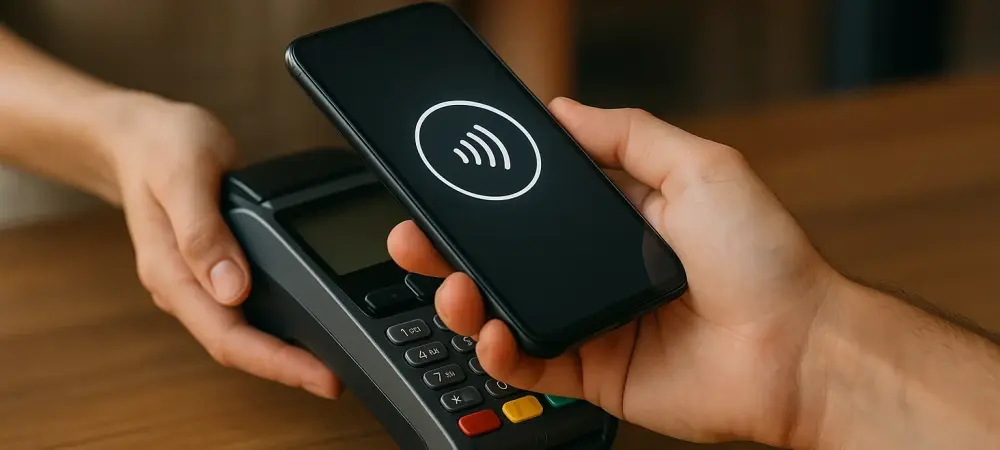The financial landscape is undergoing a significant transformation, with millennials at the forefront of these changes, particularly in their payment habits. This generation, comprising individuals born between 1981 and 1996, has become especially influential in the adoption of mobile wallets and digital payment solutions, shifting from conventional methods to more technologically advanced options. Today, the convenience and security offered by these digital platforms are crucial considerations for millennials. Recent statistics illustrate that a substantial 64% prioritize digital wallets, especially during travel. With 40% of millennials emphasizing security in their payment choices, the integration of technology and concern over privacy become pivotal factors steering these new habits. However, while the daily use of mobile wallets is gaining traction, traditional payment methods continue to maintain a foothold, underscoring the complexity of consumer preferences in this digital age.
The Rise of Mobile Wallets and Digital Preferences
Millennials’ increasing reliance on mobile wallets reflects their comfort with and dependence on digital technology, which is now a defining aspect of modern consumer behavior. For younger millennials, daily use of platforms like Apple Pay is common, with 20% employing them for transactions regularly. This shift towards mobile wallets is not merely about convenience but signifies a broader preference for digital efficiency that aligns with their fast-paced lifestyles. Moreover, mobile wallets offer an additional layer of security that appeals to this tech-savvy generation. They are particularly favored for international transactions, where the seamless and often fee-less nature of digital transfers is preferable to more cumbersome traditional banking solutions.
Despite this rise in digital wallets, it’s important to note that traditional methods have not been completely abandoned. Debit cards remain the go-to for daily spending in physical stores, with 40% of millennials choosing them for essentials like groceries. The continued preference for conventional payment methods suggests a cautious mix where comfort with trusted methods coincides with the adventurous embrace of new technologies. This duality illustrates the adaptable nature of millennials, shifting between methods to suit various needs and circumstances. Thus, while mobile wallets represent a significant portion of their payment ecosystem, they coexist with and complement other forms of payment.
Exploring Varied Payment Preferences
Millennials’ payment choices exhibit significant variation according to the nature of the transaction, indicating an adaptable approach to financial management. For more substantial purchases, especially online, credit cards are preferred by 24% of millennials seeking to capitalize on rewards and cashback opportunities. This highlights a strategic financial planning aspect, where credit options are leveraged to maximize benefits. Meanwhile, cash remains a valuable option, particularly for social situations like dining out, where 20% still choose cash to simplify bill-splitting among friends. Online shopping has revolutionized the purchasing landscape, and millennials have embraced this shift wholeheartedly. The study reveals that a staggering 80% now conduct most of their shopping online, drawn by the ease and convenience it offers. For travel-related expenditures, they exhibit a mixed preference: 38% use debit cards for hotel bookings because of straightforward handling, while 26% opt for credit cards to access added perks that can enhance their travel experiences. The variety in payment methods underscores a focus on optimizing benefits specific to each transaction type, showcasing a level of financial literacy and strategic approach to spending.
Technology and Incentives in Shaping Spending Habits
Incentives play a pivotal role in influencing millennial payment preferences, with businesses adapting to these trends to capture their attention effectively. The PXP survey highlights that 38% of millennials are drawn to retailers offering discounts tied to specific payment methods. Additionally, 35% are more inclined towards brands that provide personalized shopping experiences. The appeal of customized payment methods is evident in the demand for systems that offer rewards, as 28% indicate a preference for options that enable them to collect benefits.
The introduction of platforms like PXP Unity aims to address these evolving consumer demands by offering merchants the ability to provide adaptable, secure payment alternatives. As businesses pivot to meet these preferences, the seamless integration of flexibility and security becomes central to attracting and retaining millennial customers. This adaptability is crucial, as 36% of millennials express frustration with hidden fees that can disrupt what they expect to be a straightforward transaction process. The emphasis on innovation coupled with trust indicates that businesses must align their solutions with these expectations to thrive in a rapidly changing marketplace.
Strategies for Engaging the Tech-Savvy Generation
The growing reliance of millennials on mobile wallets highlights their comfort with digital technology, now a cornerstone of modern consumer behavior. Many younger millennials, about 20%, use platforms like Apple Pay for frequent transactions. This trend goes beyond mere convenience, reflecting a deeper preference for digital solutions that match their fast-paced lifestyles. Mobile wallets aren’t just user-friendly; they also offer enhanced security, appealing to tech-savvy users. They’re especially favored for international transactions due to their seamless and often fee-free nature, standing as a preferable alternative to traditional banking.
Nevertheless, traditional payment methods aren’t entirely obsolete. Debit cards remain popular, used by about 40% of millennials for everyday items like groceries in physical stores. This continued reliance on conventional payment methods suggests a careful blend of comfort with the familiar and enthusiasm for new technologies. Millennials’ adaptability is evident as they switch between payment methods depending on their specific needs. Mobile wallets are crucial to their payment ecosystem, existing alongside and enhancing other options.

